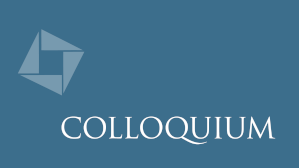
After giving a general introduction to the representation theory of GL(n,C) and other classical groups, I will focus attention on Dibyendu Biswas's thesis work around the question of tensor product of representations of GL(n,C) and other classical groups.
...more

